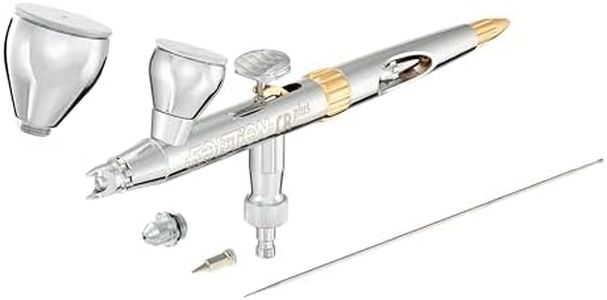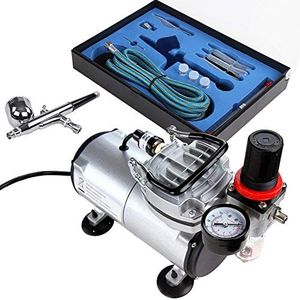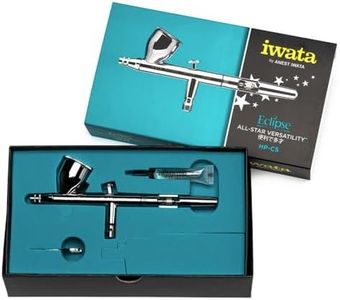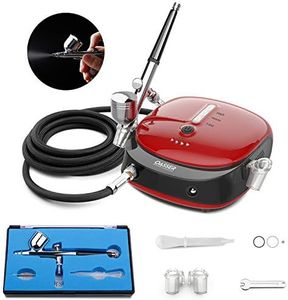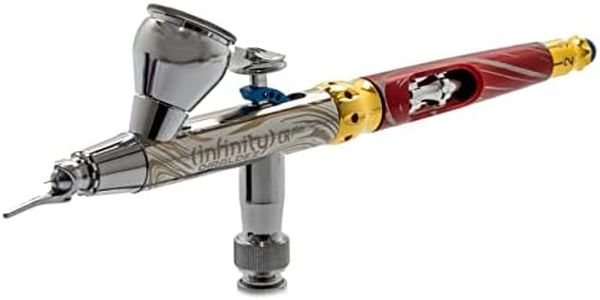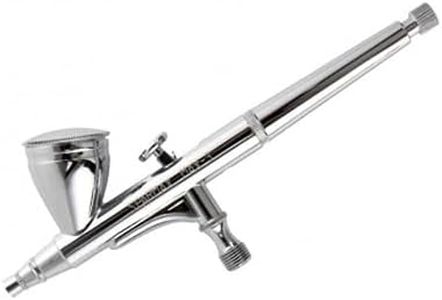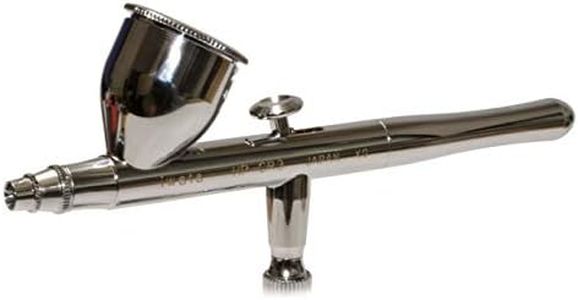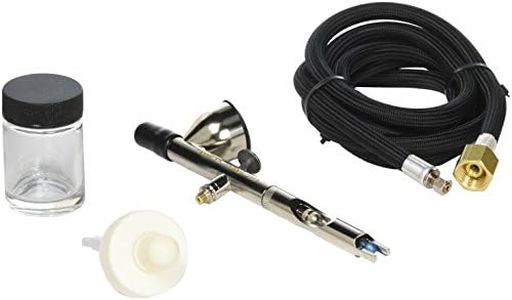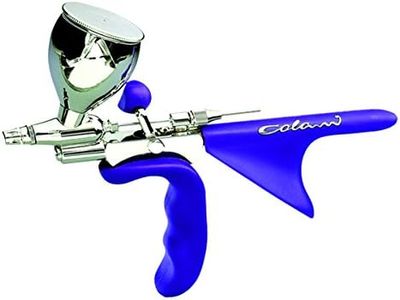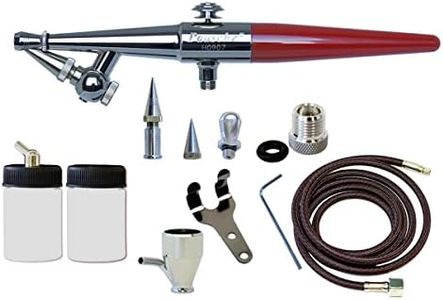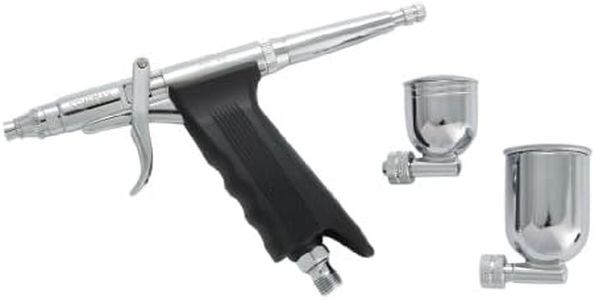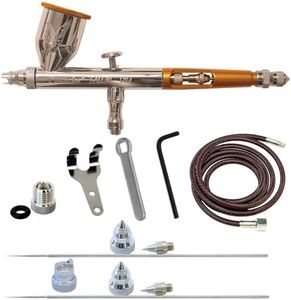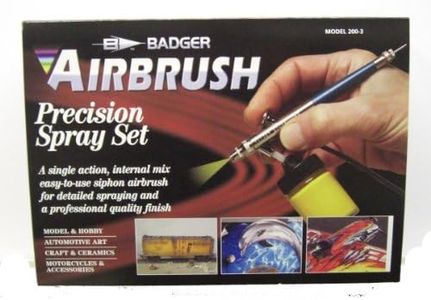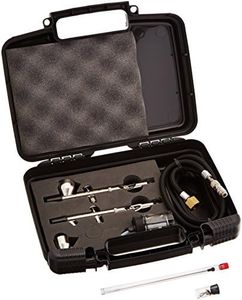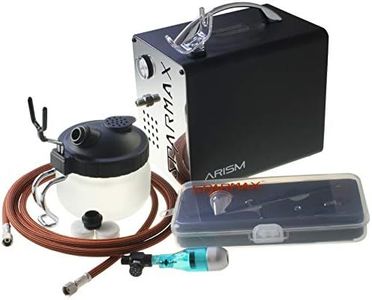We Use CookiesWe use cookies to enhance the security, performance,
functionality and for analytical and promotional activities. By continuing to browse this site you
are agreeing to our privacy policy
10 Best Airbrushes For Beginners
From leading brands and best sellers available on the web.Buying Guide for the Best Airbrushes For Beginners
Choosing the right airbrush as a beginner can be a bit overwhelming due to the variety of options available. However, understanding the key specifications and how they align with your needs can make the process much easier. An airbrush is a versatile tool used for painting, makeup, cake decorating, and more. The right airbrush for you will depend on what you plan to use it for, your skill level, and your comfort with the tool. Here are some key specifications to consider when selecting an airbrush for beginners.Type of AirbrushAirbrushes come in two main types: single-action and double-action. Single-action airbrushes are easier to use because they only control the airflow, making them ideal for beginners. Double-action airbrushes, on the other hand, control both the airflow and the paint flow, offering more precision but requiring more skill. If you're just starting out, a single-action airbrush might be the best choice as it allows you to focus on mastering the basics without being overwhelmed by too many controls.
Nozzle SizeThe nozzle size of an airbrush determines the fineness of the spray pattern. Smaller nozzles (0.2mm to 0.3mm) are great for detailed work and fine lines, while larger nozzles (0.5mm and above) are better for covering larger areas and thicker paints. As a beginner, you might want to start with a medium-sized nozzle (around 0.3mm to 0.5mm) to give you a balance between detail and coverage, allowing you to experiment with different techniques.
Feed TypeAirbrushes can be gravity-fed, siphon-fed, or side-fed. Gravity-fed airbrushes have a cup on top and use gravity to pull the paint into the airbrush, making them easier to clean and requiring less air pressure. Siphon-fed airbrushes have a bottle underneath and are better for larger volumes of paint but can be harder to clean. Side-fed airbrushes have a cup on the side and offer a good balance between the two. For beginners, a gravity-fed airbrush is often recommended due to its ease of use and maintenance.
CompressorThe compressor is the device that provides the air pressure needed for the airbrush to work. Compressors come in various sizes and power levels. A small, portable compressor with adjustable pressure settings is ideal for beginners as it is easy to handle and can be used for a variety of tasks. Look for a compressor that operates quietly and has a moisture trap to ensure a smooth and consistent airflow.
Ease of CleaningAirbrushes need to be cleaned regularly to maintain their performance and longevity. Some airbrushes are easier to disassemble and clean than others. As a beginner, you should look for an airbrush that is straightforward to clean, with fewer parts and easy access to the nozzle and needle. This will save you time and frustration, allowing you to focus more on your projects.
Build QualityThe build quality of an airbrush affects its durability and performance. Airbrushes made from high-quality materials like stainless steel or chrome-plated brass are more durable and provide a smoother operation. While it might be tempting to go for a cheaper option, investing in a well-built airbrush can save you money in the long run by reducing the need for replacements and repairs. Look for an airbrush with a solid feel and smooth trigger action.
